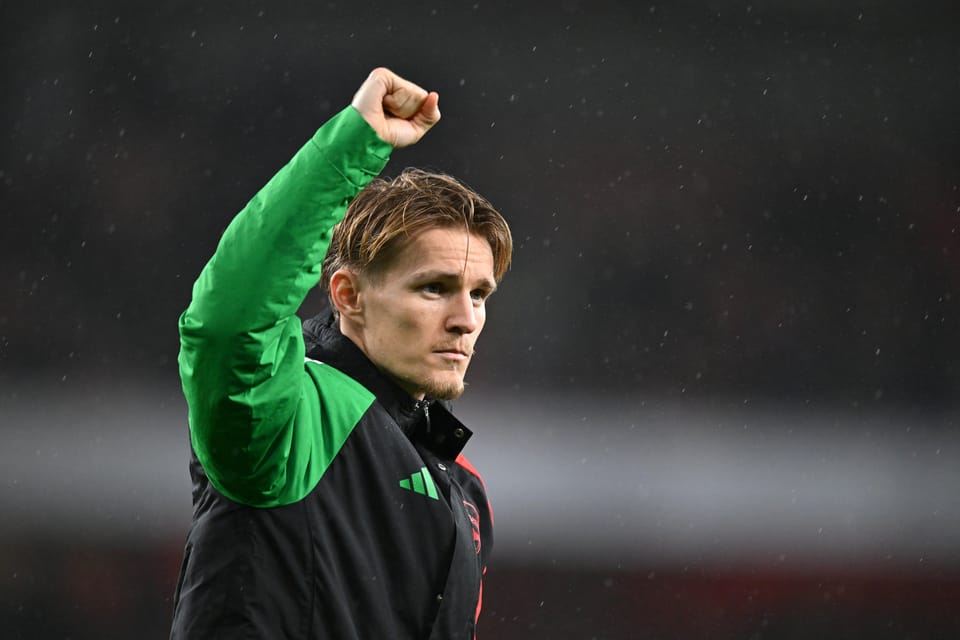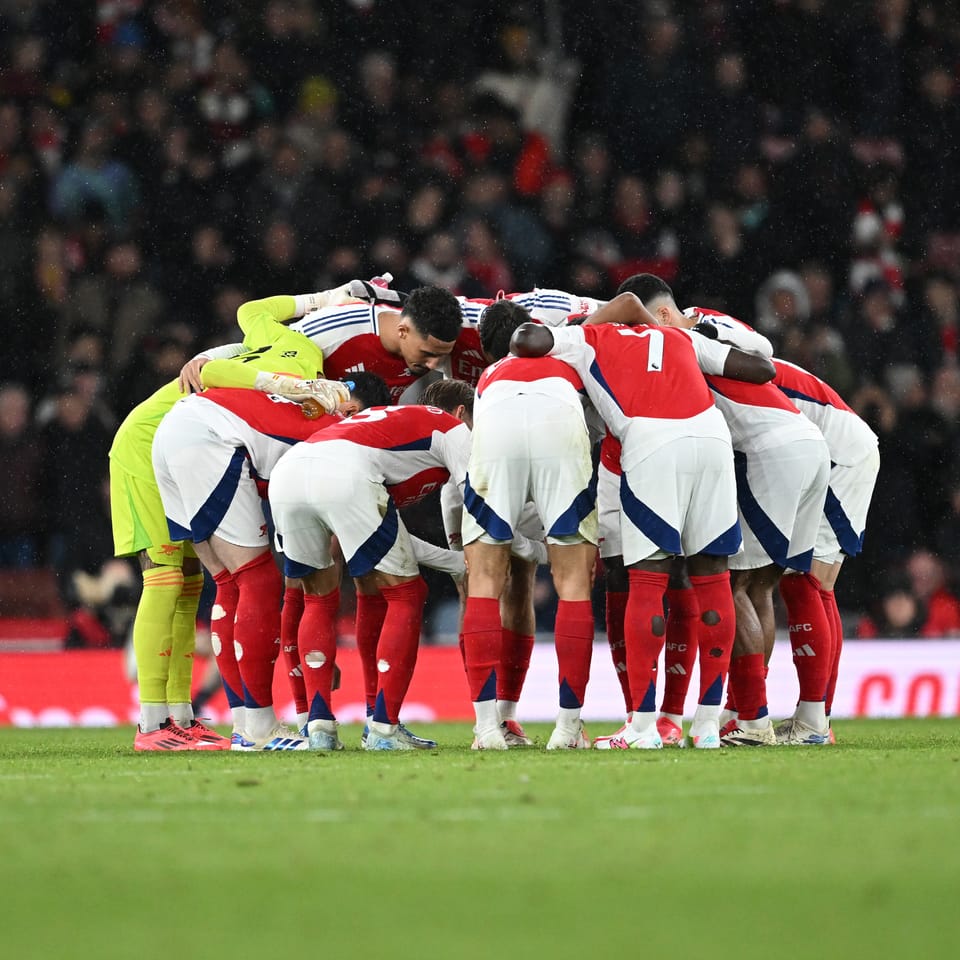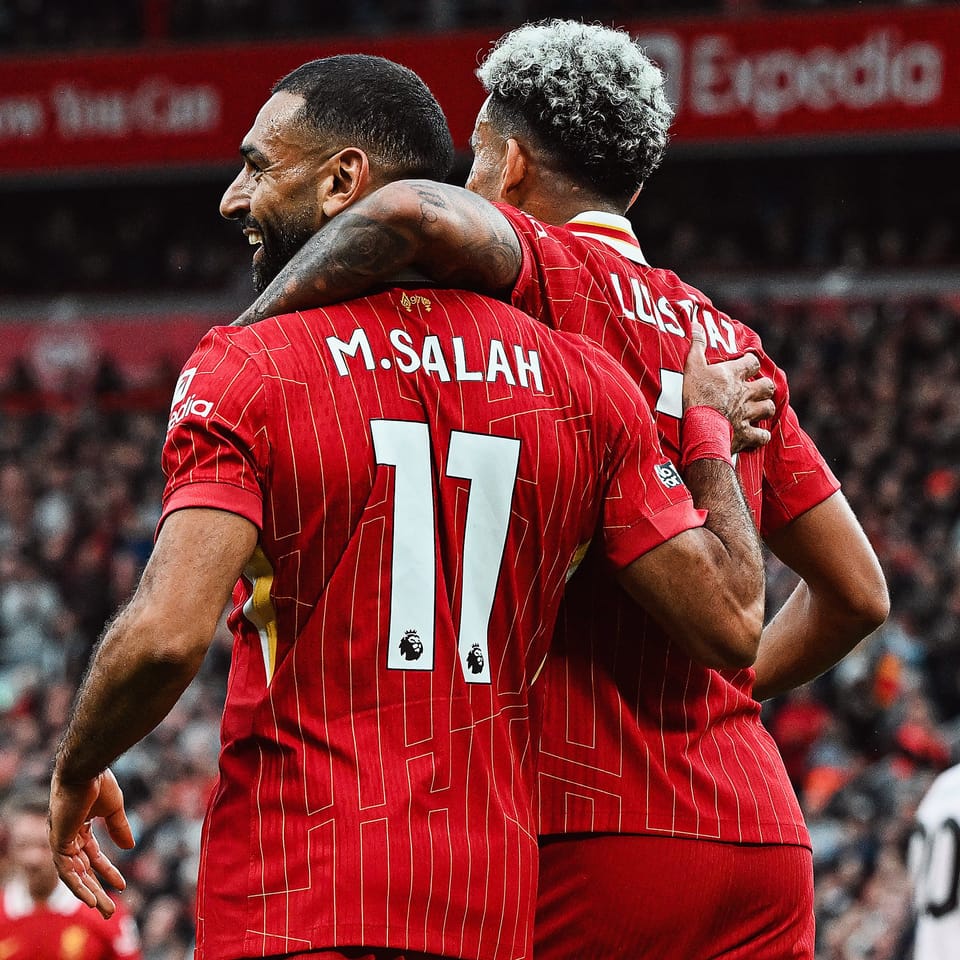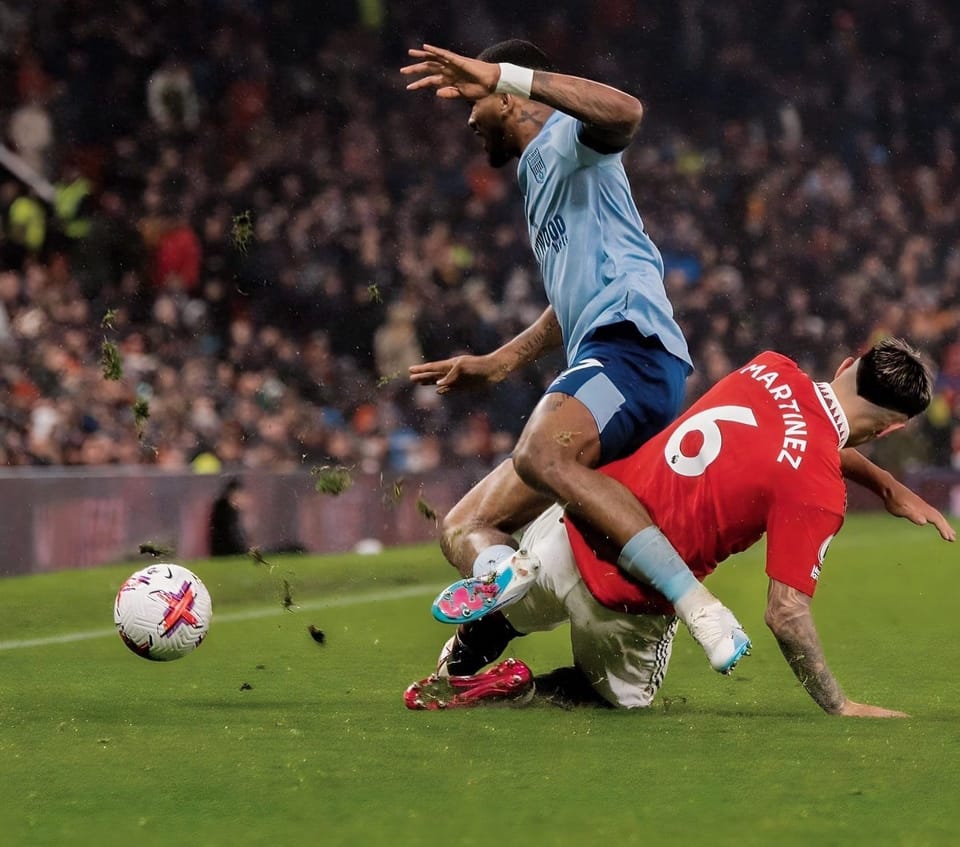On Motivation, Arsenal's Arteta – not Arteta's Arsenal – and Throw-ins.
What the title says. On motivation, Arteta, and throw-ins.

It's 11.03, and I am catching up with a friend who's also an Arsenal fan. Some reflections on coaching, motivation, and Arsenal's Arteta – not Arteta's Arsenal.
Before my abrupt exit a few days ago, I shared a tweet suggesting that motivation is probably the most significant upside a coach can offer their team. By this, I mean being able to dig up and wield a buy-in to your objectives, and the path to it.
This is especially the case at the elite-level, where players rarely pick up or learn entirely new ropes but, instead, hone in on a smaller subset of features useful to their game.
As is often the case (and as I previously wrote), my tweet was too micro-dosed to offer lasting relief to my itch.
So I find myself writing this piece.
Arteta on Motivation
15th July, 2020. Peak pandemic. Behind-closed-door games. Arsenal had just earned a 2-1 victory over Liverpool in the Premier League. Here is a snippet of the post-game exchange.
Interviewer:
"How big a job have you got here in terms of restructuring?"
And Mikel Arteta's response below:
The goal this season was never top 4. It would be amazing to achieve as an award for working hard.
— Femi (@FemooAFC) February 2, 2022
But the real goal?
It was to build the qualities need to close the gap between the likes of Liverpool and us. pic.twitter.com/Hln67XWlGR
Here is a transcript:
"Massive. You only need to look at the difference between the two teams today, and the gap is enormous. But, the gap in many areas, we cannot improve in it two months.
But the gap between the accountability, the energy, the commitment, and the fight of the two teams is [now] equal. Before it wasn't like this, and I am very proud of that. The rest will take sometime. But at least we've got [motivation] now.
And my message to the players is that with [motivation], we can create something."
Arteta's comments are self-explanatory. In any rebuild, the gap in talent is consolidated across one, two, three, and even more recruitment windows. Finding the right setup to platform these, slowly forming, core of players also takes time.
While that process unravels itself, motivation can be built; commitment to a goal and path can be nurtured.
All things being equal, it is in this gap that top coaches find their berth: getting the squad and executive buy-in to the cause.
It doesn't matter how the team appear to be performing on a week-to-week basis. If the motivation and commitment endures, it only needs one moment, one player, one small tactical adjustment, one game, for everything to 'suddenly' pop.
TLDR: Before we get into Throw-Ins...
- The players run the game.
- Tactics and conversations that stimulate them are golden.
- When skill and talent is as concentrated as it is in the 95th percentile clubs, motivation is the biggest differentiator.
- Motivation is brewed by clear objectives, a well-defined path to them, and a community.
- Successful coaches find the right blend of motivation for their team OR assemble a team that is receptive to their motivation style.
Hence why I've used Arsenal's Arteta – not Arteta's Arsenal.
Arsenal's Throw-ins
Before I took a sabbatical, after just a week of writing this blog in January, I had begun drafting a piece about Arsenal's smart throw-in routines. They used it to great effect against Liverpool in the FA cup game.
Snippets from my now shelved piece
When people talk about set-pieces in football, the conversations are typically start and stop with corners and free-kicks.
Arsenal Set-Pieces.
Three consecutive routines.
6th minute vs Liverpool.
Ben White throw behind backline. Then again. Then corner.
A few weeks ago, I started writing a piece about European teams were under-utilizing throw-ins as an offensive weapon.
Every dead ball is an opportunity to reset, reorient, and, for the team in possession, to attack. Yet we flat out ignore this in most analyses.
Fortunately, John Muller, who also spotted the same threads, published a piece on Arsenal's throw-ins for the Athletic. Can we take a moment to admire John's aptitude for taking novel stabs at seemingly mundane matters!
Here's how John describes it:
The basic idea is to get a runner in motion along the goal line, starting near the corner flag and moving away from the thrower toward the penalty area. As the runner slips behind the deepest defender, his team-mate lobs the throw-in over the defender’s head, aiming to hit the runner in stride somewhere near where the goal line and 18-yard box meet.

Why have I suddenly remembered this on a Wednesday afternoon?
Well, in yesterday's Champions League game vs Arsenal, Bayern showed us what an ideal response looks to Arsenal's routine. They had clearly done their homework.
Bayern's Alphonso Davies and Erik Dier communicating and switching markers to manage Arsenal's fade-lob-cutback throw-in routine.
— BallerzBantz (@BallerzBantz) April 10, 2024
(for SCOPE #9) pic.twitter.com/XtPfXnrngo
It seems simple, doesn't it? Well, it's clearly not because Liverpool and many other teams struggled to deal with it in the other games this season.
While seemingly intuitive, throw-ins are one of football's crudest phases. Most teams just have the player taking the throw spontaneously decide what to do.
'Just get the ball back into play. Then we can continue what we've worked on.'
If you've made it this, might I interest you in a conversation I had with Brian McCormick on the timeline about this matter. Specifically, I suggest emphasizing set-play practicum (routes) in academy curriculums.
I understand. It’s similar to BLOB/SLOB. Question remains how much time is appropriate for these activities verse other activities. I’ve coached youth seasons with no BLOB & I’ve coached with plays that probably got 4-6 easy ppg.
— Brian McCormick (@brianmccormick) December 3, 2023
In case you are now interested in this topic and forgot to click on John's article earlier, here's another opportunity.
This article on Arsenal's throw-in routines (by John) is great. Lots of inspiration and opportunities in set-pieces for teams clawing at the margins.
— BallerzBantz (@BallerzBantz) January 18, 2024
(📸from a couple weeks ago) https://t.co/06h11hknu2 pic.twitter.com/oFUnjifNPo
What Next?
If you enjoyed this, consider subscribing to BallerzBantz, following us on Twitter, and sharing this with someone. We're publishing one bite-sized analysis + solution daily. By subscribing, you will receive one synopsis each week.
Join us to stay ahead and contribute to this burgeoning community.
Who is the Writer?
Joel A. Adejola is an undergraduate at the University of Kansas (KU), studying Engineering and Philosophy.



